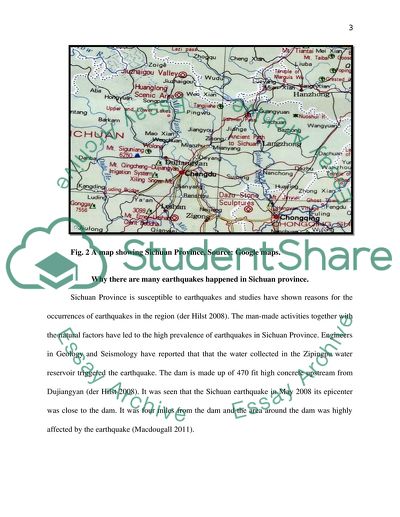Cite this document
(“The strong earthquakes happened in Sichuan province, how it influence Research Paper”, n.d.)
The strong earthquakes happened in Sichuan province, how it influence Research Paper. Retrieved from https://studentshare.org/geography/1635986-the-strong-earthquakes-happened-in-sichuan-province-how-it-influence-local-people
The strong earthquakes happened in Sichuan province, how it influence Research Paper. Retrieved from https://studentshare.org/geography/1635986-the-strong-earthquakes-happened-in-sichuan-province-how-it-influence-local-people
(The Strong Earthquakes Happened in Sichuan Province, How It Influence Research Paper)
The Strong Earthquakes Happened in Sichuan Province, How It Influence Research Paper. https://studentshare.org/geography/1635986-the-strong-earthquakes-happened-in-sichuan-province-how-it-influence-local-people.
The Strong Earthquakes Happened in Sichuan Province, How It Influence Research Paper. https://studentshare.org/geography/1635986-the-strong-earthquakes-happened-in-sichuan-province-how-it-influence-local-people.
“The Strong Earthquakes Happened in Sichuan Province, How It Influence Research Paper”, n.d. https://studentshare.org/geography/1635986-the-strong-earthquakes-happened-in-sichuan-province-how-it-influence-local-people.


